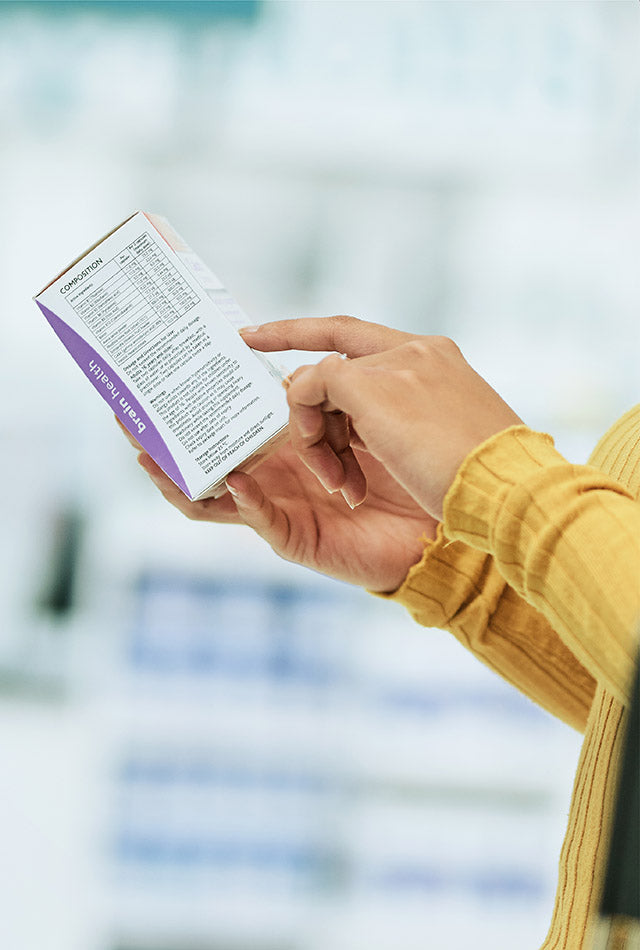Pet Parents, We've Got You Covered
Get answers to your pet health questions
Get answers to your pet health questions


Reading the label is something that everyone knows they should do but sometimes skip. This is critical when applying any medication to your pet. It’s worth the time to make sure you do it right. There are six things you can do that will help safeguard your pet:
Right Product, Right Species:
Dogs and cats are definitely not the same. A cat is not a small dog, and a dog is not a big cat. These animals have their own physiology and sensitivities to things. Don’t use a product for dogs on cats or a product for cats on dogs.
Healthy Pets Only:
Apply medications to healthy pets. If your pet is sick, talk to your veterinarian first.
Right Weight and Age:
Avoid Double Dosing:
Certain medications have similar mechanisms of action, such as ingredients found in shampoos, topicals (spot-ons, liquids), collars, and sprays. Adding more medications from different products or adding to the same topical doesn’t kill fleas faster but does put your pet at risk for an overdose. When in doubt, call your veterinarian.
No Self-Dosing:
Why is it a big deal? Say you bought an extra-large dog size and applied some of it to your small dog – if you don’t get the dose exactly right, you run the real risk of overdosing your small dog. It’s always best to buy the proper medication for your pet.
Separate Pets:
When using a topical product such as a spray or a spot-on, separate your pets. This allows for best absorption and prevents accidental ingestion of the medication when our pets groom each other. It’s always best to separate them for at least 12 to 24 hours after your dose with a topical product.
When in doubt – read the label and call the customer support department to get answers to your questions.